London-based Coachbuilders Hoopers has brought designs by late oil tycoon Noubar Gulbenkian to life. Photo: Historics/BNPS
Buying Making a car was once a process akin to ordering a custom suit. A wealthy driver will choose an automaker for the chassis, engine and moving parts of the car, and a separate coachbuilder for the body.
Now a surge in spending by the super-rich has brought the custom car industry back to life. collapsed after World War II.
Both Rolls-Royce and Bentley experienced a wave of record sales, fueled by wealthy customers demanding extras and quirks — from trim made from 5,000-year-old wood found in the East Anglian moors to hand-stitched seats and canary yellow interiors.< /p>
Paul Abercrombie, an entrepreneur who lives near Coventry's motoring centre, believes the custom engine trend is back.
He founded Allesley, a car company aiming to revive a lost art. body manufacturer.
Abercrombie, whose career began in luxury real estate, is tight-lipped about who his clients are, but they will be very, very rich.
Clients must buy a car from a leading limousine or sports car manufacturer so that his company can personalize it. Elsley then strips and changes their designs. The price will depend on the design and load, but seven figures are likely to be the norm — on top of the cost of the original car.
Coachbuilding, as the name suggests, has its origins in the production of horse-drawn vehicles. Companies that made bodies for companies such as Rolls-Royce, Daimler and other high-end car manufacturers often started out making sidecars.
Often the custom bodies still followed an established recognizable pattern, for example looking almost identical to official Rolls-Royces, Bentleys or Daimlers. But sometimes buyers demanded a one-of-a-kind example from a leading coachbuilder with a unique shape and a luxurious interior.
This practice was hampered by a number of factors, including a stricter post-war economy and companies themselves moving on to other directions after World War II were forced to produce military equipment.
But the biggest factor was the change in the way cars were designed. Pre-war cars began with a chassis that housed the engine, transmission, and wheels to which the body could be attached. Then came the unibody design, in which the chassis and the rest of the frame are one piece.
The unibody, or monocoque, approach was cheaper and lighter when combined with mass production. But this was a headache for coachbuilders, who either required a separate batch of chassis-only cars to adapt, or cut out an existing portion of the car's body.
However, this practice never completely disappeared. Italian coachbuilder and regular Ferrari partner Pininfarina remains the obvious example. But in the UK, many large companies have been bought up or closed.
In the case of the Swallow Sidecar and Coachbuilding Company, it eventually became Jaguar Cars Limited.
However, Abercrombie believes the business model is ripe for a comeback. Crucially, he believes the move to electric vehicles now offers new opportunities as they can be closer to the chassis design.
While leather seats and color choices can be offered by a conventional automaker, his business goes much further. . He can rebuild the car and redesign the interior from scratch.
“It's not very easy, but it's a simpler process [with electric vehicles],” he says. “We find clients who want to create completely unique cars. Some of our clients have owned many supercars, so the next obvious step is to create a unique car, unique to you.
» This could include body modifications, a bespoke interior, more interior space, custom entertainment systems, something out of the ordinary.”
Peter Moss, an automotive historian and board member of the Society of Motor Historians in Britain, says the booming 1920s were the heyday of coachbuilding.
“In the early days, the nobility and gentry were the only people who could afford cars; they were almost toys, playthings for the rich and famous.
“They were used to bespoke tailoring on Savile Row, they needed a bespoke coachbuilder — rich people are always looking for bespoke things.”< /p >
Moss says the best of what could be achieved can be seen in the work of J. Gurney Nutting & Co., which built bodies for clients as varied as the Duke of Windsor and racing driver Sir Malcolm Campbell.
It was for Sir Malcolm J. Gurney that Nutting helped create the Blue Bird, a car that used a powerful V12 seaplane engine, which allowed speeds of more than 300 miles per hour and set the world land speed record in 1933.
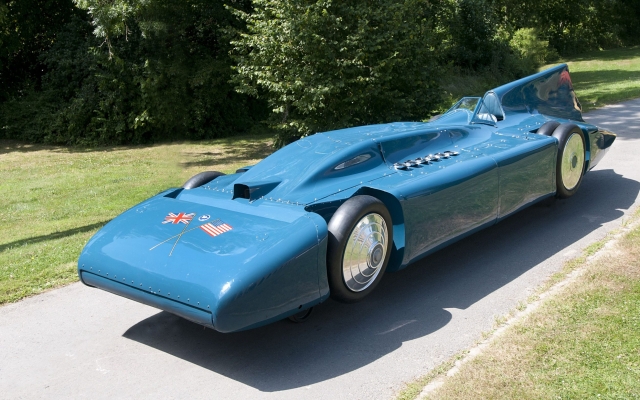 Custom coachbuilding J Gurney Nutting & Co. helped create the Blue Bird, which used a V12 seaplane engine and reached speeds of over 300 mph. Photo: National Automobile Museum/Shutterstock
Custom coachbuilding J Gurney Nutting & Co. helped create the Blue Bird, which used a V12 seaplane engine and reached speeds of over 300 mph. Photo: National Automobile Museum/Shutterstock
However, not all custom cars were masterpieces. Wealthy buyers, unaccustomed to being told no, may rebel and create a monster.
Moss cites Armenian oil heir Noubar Gulbenkian's flamboyant Rolls-Royce, a «disgusting» variation on the classic Rolls shape with horizontal radiator grille, closed front and closed rear wheels.
It was built by Hooper &. ; Co, which made beautiful carriages for King William IV, Queen Victoria and King Edward VII.
«It's a big surprise that anyone would let this happen,» says Moss.
Abercrombie , chief executive of newcomer Allesley, says his company won't take one car and make it look like another by copying an existing design. He would also be hesitant to do something radical with a classic design.
As you might imagine, mega-rich clients parting with hundreds of thousands of pounds can require a lot of attention, although that's part of the fun.
“We have a very active client who calls me every morning at 8 a.m. to get updates on the project and share some ideas,” says Abercrombie. But others, busy running billion-pound empires, demand more.
Often the client has spent years thinking about their dream car and passes along a wealth of design ideas and photographs.
Is there a theme that would unify his clients' requirements? If there is one, it's «road presence,» he says. Cars with high hoods and driven by a chauffeur.
They want the «perfect red carpet car» to be seen in a «private family version of a government limousine.»
There are wider options . “There are lessons to be learned from the era of coachbuilding,” says Andrew Graves, a veteran of the automotive industry and professor at the University of Bath.
“What’s quite interesting is that in coachbuilding, the customer is very close to the product, which we avoided it for a long time.”
Modern production methods could allow even a cheap family car to be much more personalized, he suggests, although the mass production industry has yet to take advantage of this opportunity.
Until that happens, custom walnut drink cabinets and custom footwells will be reserved for the billionaire class.






















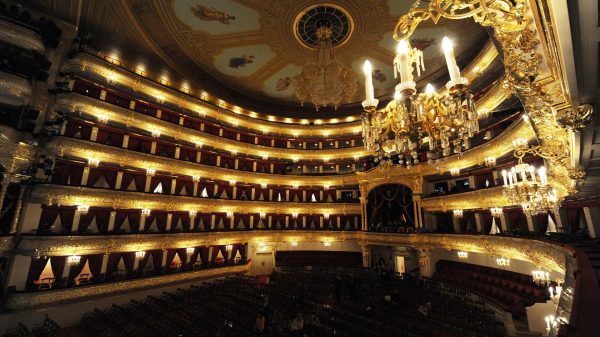
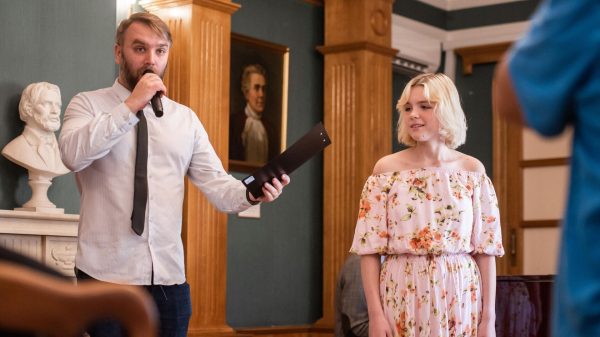

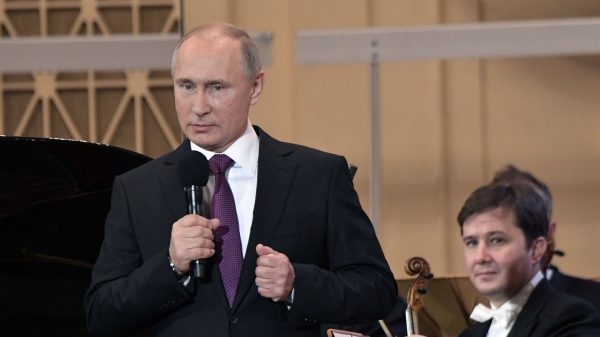









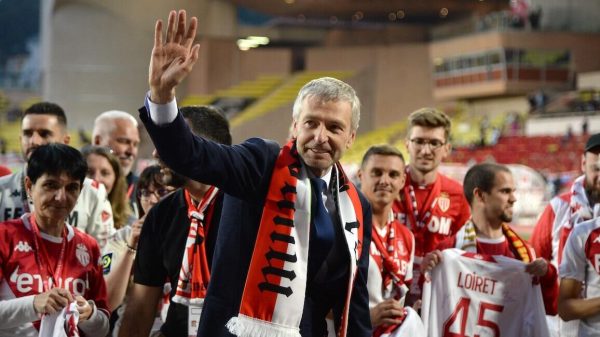
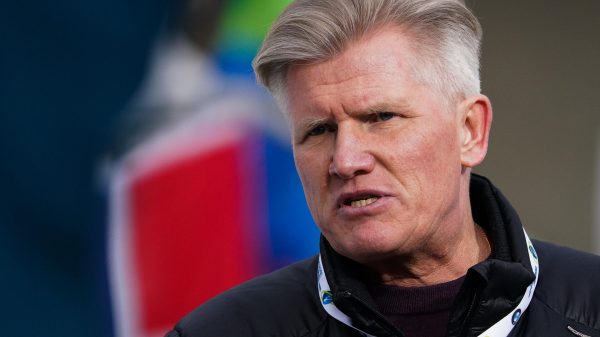
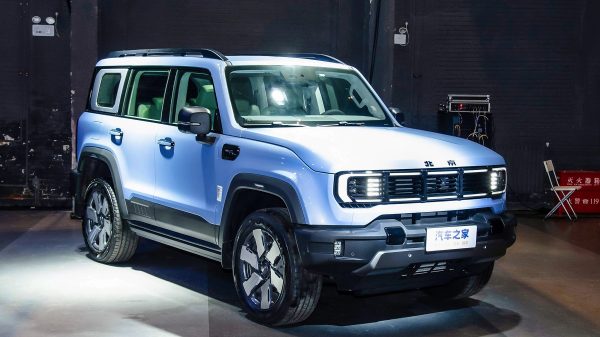
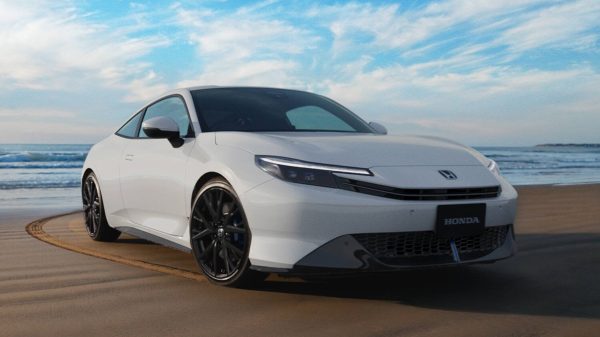
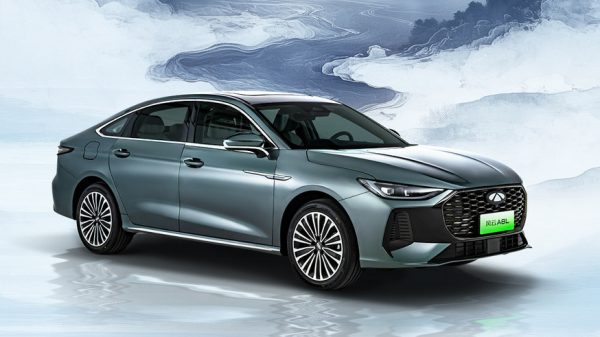

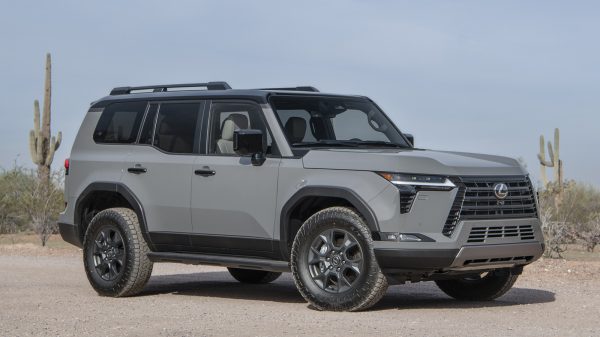
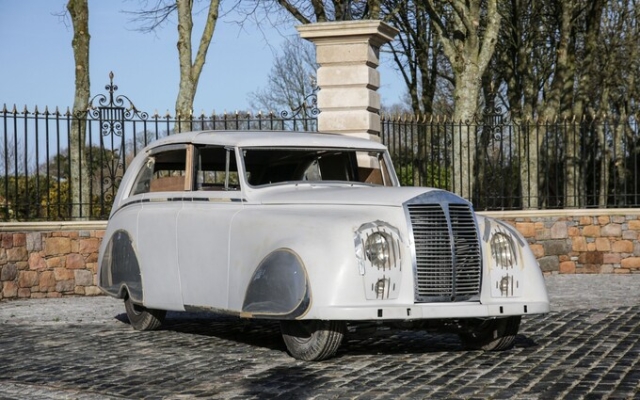























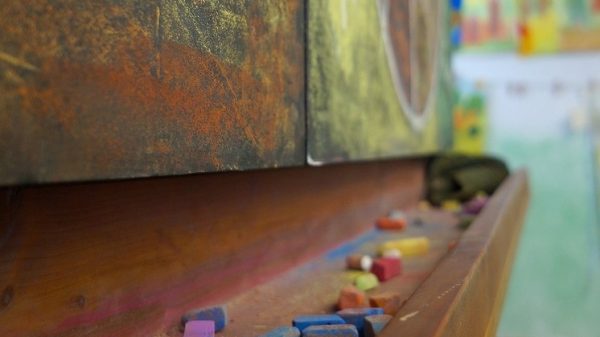
Свежие комментарии